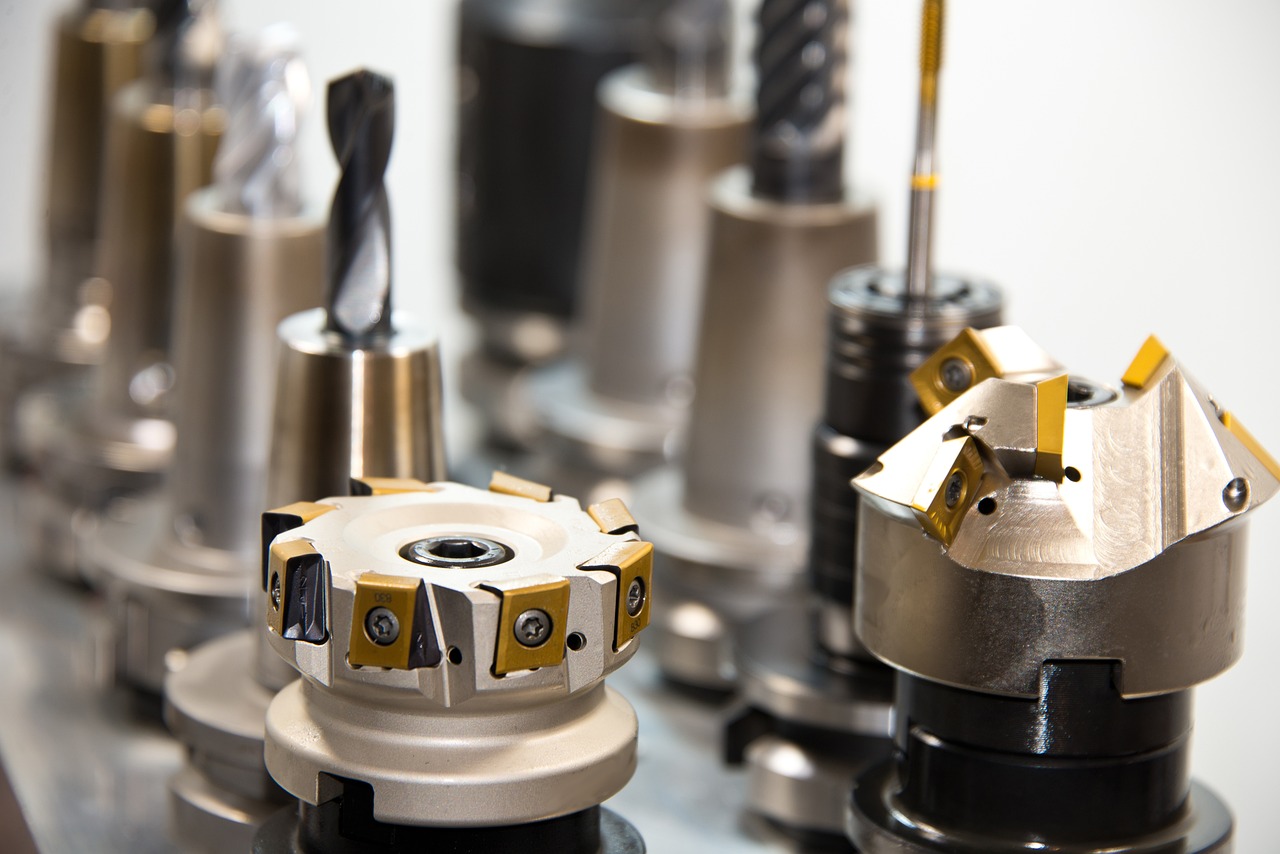The Paradox of Progress in Asian Additive Manufacturing
The additive manufacturing (AM) landscape in Asia presents a unique paradox. Despite being home to some of the world’s largest manufacturing hubs, the adoption of AM technologies in Asia lags behind its Western counterparts. This discrepancy isn’t due to a lack of innovation or technological capability. Instead, it originates from a fundamental difference in market dynamics and industrial philosophy.
The Chasm in Adoption: Efficiency over Innovation
The disparity in AM adoption between Asia and the West can be attributed to the gap in the number of early adopters and differing industrial values. Unlike Western regions, where a more significant industry segment may be eager to experiment with and implement new solutions for radical changes, Asia’s early adopter segment is notably smaller and more conservative.
In Europe and North America, early adopters have been instrumental in demonstrating AM’s ‘disruptive’ potential. For example, companies like GE Aviation and SpaceX have utilized AM to produce complex aerospace components, showcasing the technology’s ability to innovate and enhance manufacturing. These successes have helped build confidence in AM, fostering further adoption.
However, Asian industries approach AM with a calculated strategy, integrating it only where clear, tangible benefits over traditional methods are evident. We can see these calculated moves particularly in industries that rely on high-volume production and lean manufacturing processes. They require a solid proof of concept and a clear ROI pathway before adopting new technologies. These industries measure progress in incremental improvements rather than revolutionary leaps.
An element of risk aversion is at play here that’s not about a lack of courage but about a savvy assessment of value and returns. This tendency isn’t to say that Asia disregards innovation – the region’s rapid advancements in semiconductor manufacturing and digital technology are a testament to its forward-thinking attitude. Yet, when it comes to AM, there’s a reluctance to overhaul proven methods without evidence that the new can outperform the old.
Bridging the Gap with “Production Technology”
For the vast potential of the Asian AM market to be fully realized, 3D printing must evolve from being seen primarily as an innovation tool in R&D to a proven “production technology.” This transition is critical for broader adoption in a region where manufacturing is driven by high productivity and repeatability demands.
In Asia, where mass production and efficiency are the benchmarks of manufacturing success, AM will gain broader acceptance when it aligns with its production goals and offers clear advantages in terms of cost, speed, and quality.
The Role of Global AM Players: Introducing New Paradigms
Global 3D printing solution providers also bear the responsibility of adapting their approach to the Asian market. Rather than attempting to reproduce an aggressive push, it may be beneficial to adopt a strategy that emphasizes the integration and improvement of current manufacturing processes. Companies like EOS and Stratasys have made progress by not only selling their machines but also offering consultancy services to integrate AM into traditional workflows.
This approach involves moving away from the ‘disruptive’ label often associated with AM, reframing it as a complementary technology that enhances traditional manufacturing. It’s about building confidence through success stories and case studies from the region, demonstrating AM’s value in a language that resonates with the Asian manufacturing psyche.
AM Journey in Asia: An Evolutionary Growth Path
The potential for AM in Asia is immense, but accelerated adoption will likely occur only once the technology aligns with the operational ethos of Asian manufacturers. It’s a calculated dance, not a hesitant shuffle. It is not a question of ‘if’ but ‘when’ and ‘how’.
Asia’s powerhouse economies—China, Japan, South Korea, and others—are not simply manufacturing hubs but are sophisticated markets that approach new technologies like AM with a mix of respect and skepticism. They ask: “How will this technology amplify our strengths and mitigate our weaknesses?” It’s a wise question, considering these nations’ deep investments in their current manufacturing infrastructures.
For AM to truly take hold in Asia, it needs to be more than a technological marvel; it must be a business solution. Therefore, the growth of AM in Asia depends on the intersection of technological readiness and business integration. The Western model of AM adoption, characterized by a pioneering spirit and a risk-taking mindset for disruptive big-win, is unlikely to be replicated in Asia. Instead, we will see a different adoption cycle—one that is perhaps slower but more deliberate and deeper in its integration.
Conclusion
Asian manufacturers are not waiting to be convinced of the benefits of AM; they are waiting to be assured of its stability, reliability, and long-term value. The coming years are crucial, as AM advocates must demonstrate not just what AM is capable of, but also what it can sustainably deliver on the factory floor.
Asia’s journey with AM will be unique and could redefine the technology’s global narrative. This continent’s manufacturers are likely to become not only users but also innovators and improvers of AM to optimize it for their markets’ specific and demanding needs. This won’t be a silent revolution but a loud evolution echoing Asia’s vast industrial landscape.
Subscribe to Our Email Newsletter
Stay up-to-date on all the latest news from the 3D printing industry and receive information and offers from third party vendors.
You May Also Like
Further Understanding of 3D Printing Design at ADDITIV Design World
ADDITIV is back once again! This time, the virtual platform for additive manufacturing will be holding the first-ever edition of ADDITIV Design World on May 23rd from 9:00 AM –...
3D Printer Maker EVO-tech Reborn as NEVO3D — Once More With Feeling
EVO-tech was a 3D printing service and original equipment manufacturer established in 2013 and based in Schörfling am Attersee, Austria. The company produced high-quality material extrusion systems featuring linear bearings,...
3D Systems Brings 3D Printed PEEK Cranial Implant to the U.S. with FDA Clearance
For more than 10 years, 3D Systems (NYSE:DDD) has worked hand-in-hand with surgeons to plan over 150,000 patient-specific cases, and develop more than two million instruments and implants from its...
CDFAM Returns to Berlin for Second Annual Symposium
The second CDFAM Computational Design Symposium is scheduled for May 7-8, 2024, in Berlin, and will convene leading experts in computational design across all scales. Building upon the first event...

































